Supposedly, one of the many “functions” of art is to heal the ruptures of history, and to “puncture” a whole in the membrane of the future, so as to render its advent felt in the present. In other words, artworking is to invent the sense of a shared time, across geographical expanses and ideological divides. How come today’s art, or philosophy, doesn’t achieve this? The underlying question is: How come “art” or “philosophy” doesn’t prevent violence? Ultimately, artists and philosophers are reproaching each other for the failure in solving problems that belong to the fields of medicine, education, political science, architecture, history, design, engineering, psychology, anthropology, genocide studies, etc. Is it only art or philosophy that fails in the face of the Rwandan genocide? Haven’t politics, technology, science, journalism, and the list is endless, also relapsed? What aspect of living doesn’t face its limit under such marks of death? I have no illusions that mere philosophers, or artists, are able to save the world! Why reproach the inadequacies of entire societies solely upon the ethics and the aesthetics of two cultural bodies?
As absurd as it sounds, cosmism was part of a cigarette company’s advertisement campaign, and Yuri Leiderman’s work flew into space together with Andorra’s painting, which was hand-applied directly to the surface of the missile, as well as a text by the Kyrgyz writer Chinghiz Aitmatov. Leiderman’s photographs depicting the urn graves of the Donskoy Cemetery and Crematorium in Moscow were printed on a plastic film applied to the upper part of the proton rocket. After exiting the earth’s exosphere, the rocket burned up. This incineration aimed to represent the established connection between the ashes of the dead and the cosmos, as a prefiguration to their forthcoming resurrection. Instead of approaching cosmism only in a metaphorical way, Leiderman realized a concrete cosmist action motivated by a love for humanity.
Inaate/se may not be the most obvious example of the science-fictional aesthetics of “Indigenous Futurism,” a term coined by Anashinaabe scholar Grace L. Dillon to describe Native artists who work with science fiction to both refuse the representational expectations of “the Great Aboriginal Story” and play with boundary crossings, claiming the spaces of science, technology, and futurity as their own. Nonetheless, the film employs certain key strategies Dillon finds in such authors, from what she terms “Contact” and “Native Apocalypse” to “Biskaabiiyiang,” an Anishinaabe word “connoting the process of ‘returning to ourselves.’” In so doing, Inaate/se promises an ethics founded on an inhabited futurity, which, no matter how many blows it has suffered, still manages to survive. The Khalils do not attempt to surpass the trauma of erasure; they inhabit and politicize it for a new world to come. In this way, they make the dystopia lived through seven generations a starting point for livelihood.
I’ll put it differently this time: the sovereignty of survivors.
Through each action that we convey as bodies, a distribution of expressions shape common forces of radiation, enabling us to fall into, and follow closely, the shared present. Dance proclaims that it belongs to the sphere of the commons, that it can constitute the wave of joint gestures, of outward movements that become means of communication. Bound to sustaining relations, the wave forms a stream of larger movements, overflowing ideas of immobility and singularity. Through this wave, the resonances of historical and future gestures are manifested. In the commons, time slips. The underlying logics of the flow organize states of experience and codes of conduct with regard to possible encounters and collisions. The “underscores”—activated support structures—of the dance space must be tested and activated accordingly, as the dialectics of the wave, continuously contracting and releasing, constitute the world with all its relations and moving subjects. Once bodies, images, and affects are mobilized in space, the gestation of new physicalities requires time. To digest, to know, to give space to bodily responses—these transport us into a temporality that stands in strong opposition to quick formulations based on ready-made discourses that sometimes might mean the world to us, and at other times, without prior experience, might instead mean nothing. But to listen and respond through the resonance of a history that takes place and takes shape, requires waiting. As Hardt and Negri write, “Revolution needs time,” and we need support structures for what we mobilize. We need to take responsibility for the outbursts that we unleash.
“The everyday “miracle” that transpires in pregnancy, the production of that number more than one and less than two, receives more idealizing lip-service than it does respect. Certainly, the creation of new proto-personhood in the uterus is a marvel artists have engaged for millennia (and psychoanalytic philosophers for almost a century). Most of us need no reminding that we are, each of us, the blinking, thinking, pulsating products of gestational work and its equally laborious aftermaths. Yet in 2017 a reader and thinker as compendious as Maggie Nelson can still state, semi-incredulously but with a strong case behind her, that philosophical writing about actually doing gestation constitutes an absence in culture.
Echoing Ellison’s protagonist speaking from the hole, the American artist David Hammons presents three objects: Untitled (2014), Bird (1990), and The Door (Admissions Office) (1969). … Developed in the shadow of black folk traditions, these works by Hammons engage the spectator in a series of tricks and games. Through considering the evasiveness (fugitivity) of these works—they paradoxically resist capture, as they enact deception and deadpan humor—we can think about critiques of racialized class; the aestheticization and exhibition of leisure as wealth; the possibilities of a base/black materialism that dissolves class in race; and a continuation of the black radical tradition as established during slavery. Furthermore, Hammons’s black aesthetics absorb, display, rehearse, and reinforce Ellisonian maneuvers of advance and withdrawal in a critique of economies internal and external to black social life. Ellison’s lyricism of blackness as “most-black” reverberates retreat towards a hole. It is from this protective, performative position that Hammons enacts a strategy of darkness-as-darkness. An excessive radical blackness!
In our neoliberal era, subjectivities are being further shattered by absolute capitalism and its crisis of human, environmental, and interpersonal relations manifested, for instance, in femicide; or in the transformation of the mechanisms of love (feelings, emotions, seduction, desire) into commodities. Brokenness also stems from capitalist “productivity,” which means dispossessing peoples not only of their territories, but also their labor, bodies, language, lives. These forms of violence have been justified by the production of an abundance of goods, so that a portion of the global population can have anything we want, so we can live “good” lives designed by technocracy, adorned by culture, so we no longer have to make a living with the sweat of our brows. As the communist idea of cooperation is obsolete, excess production and labor achieved through violence and dispossession provide the general feeling that we can have comfort while being relieved of the pressure of contributing to society and of the feeling that we are needed by others.
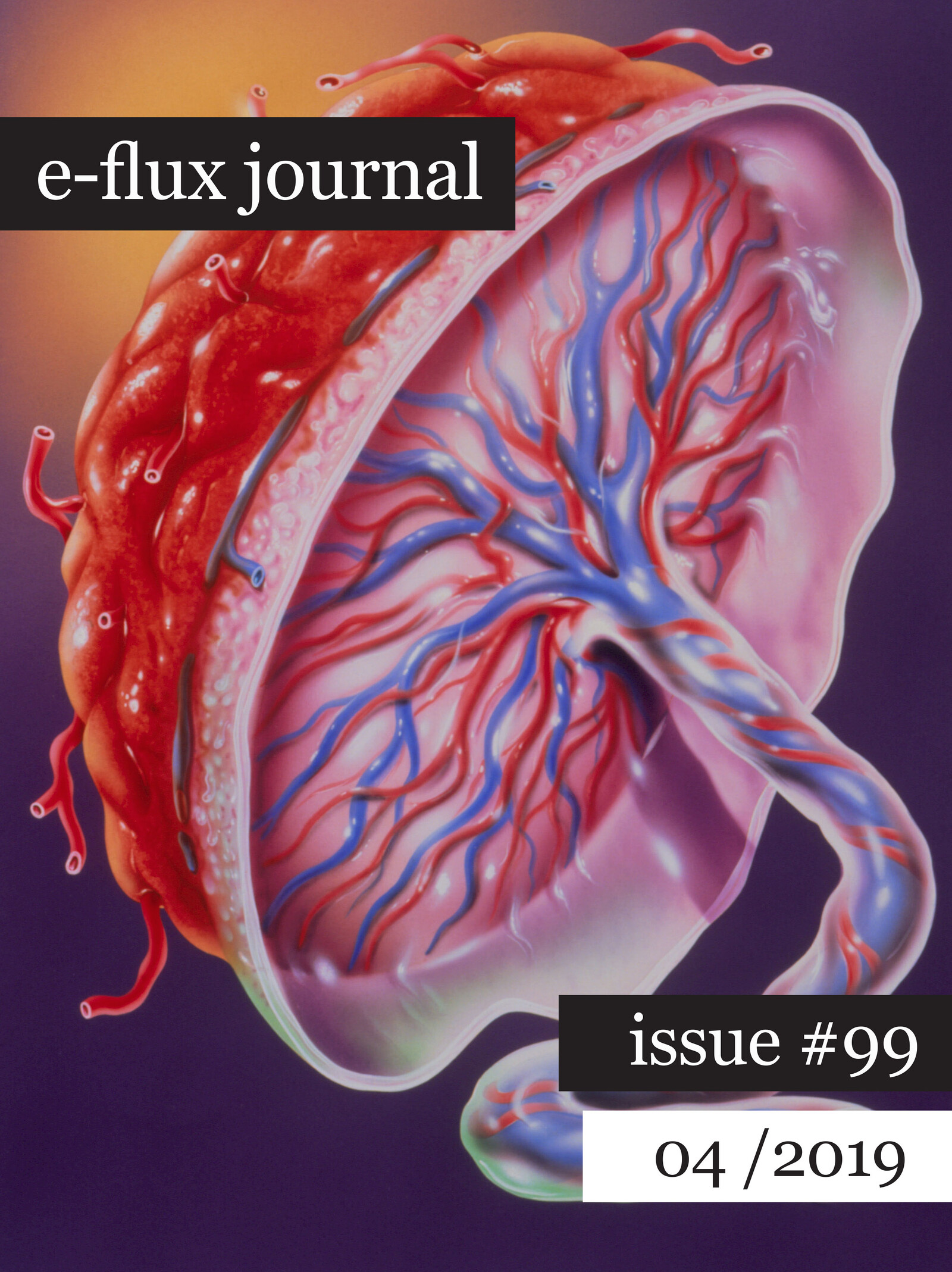
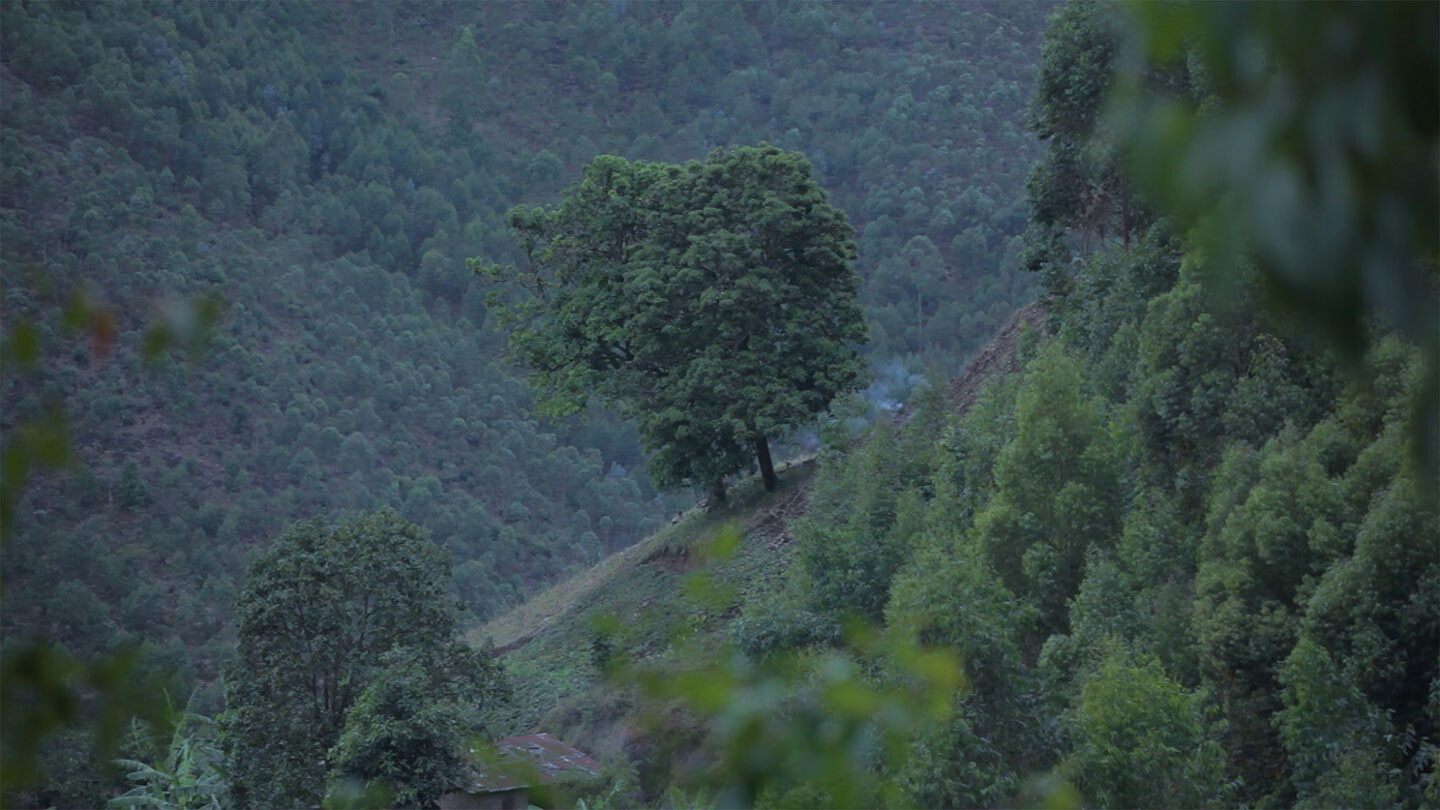
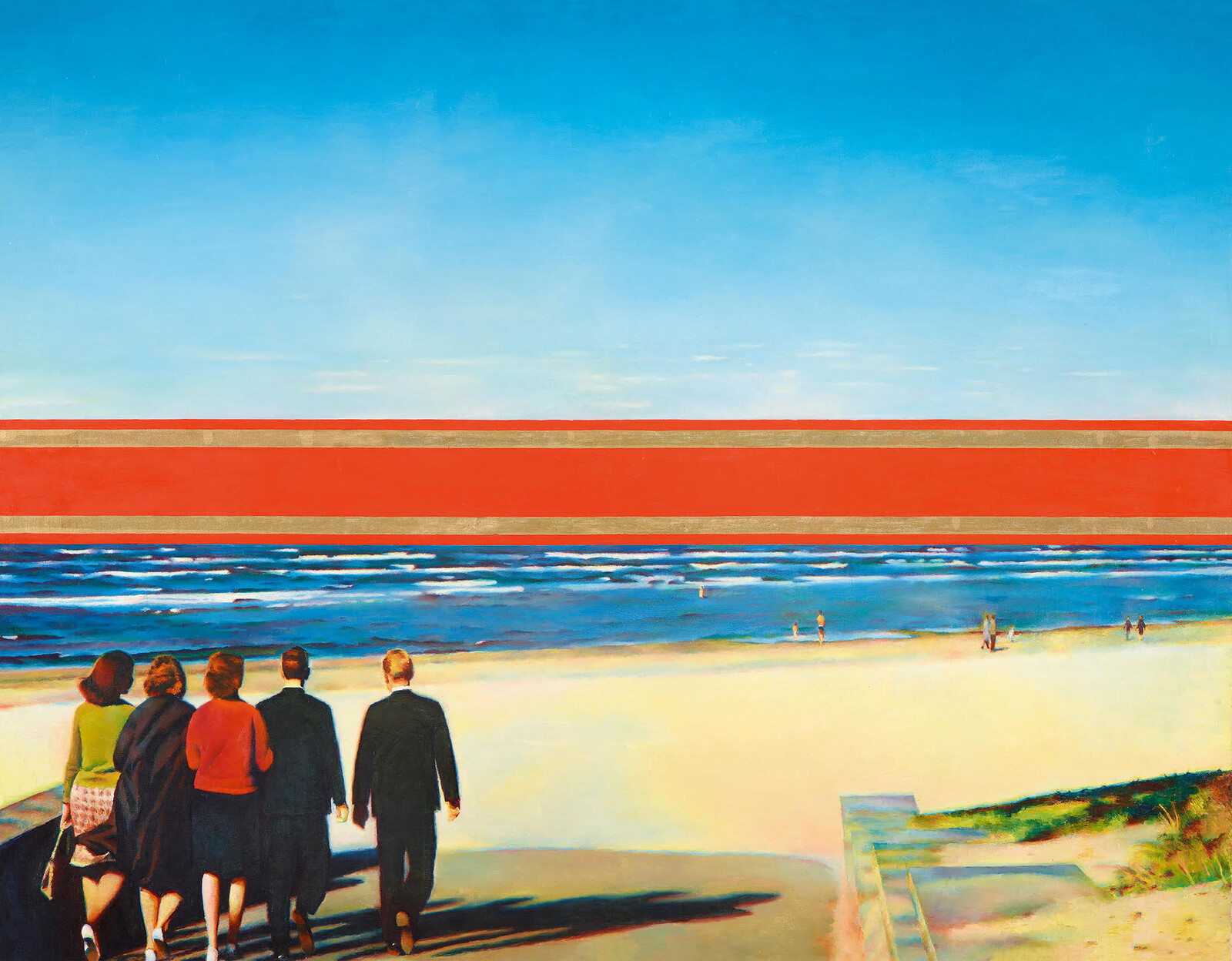
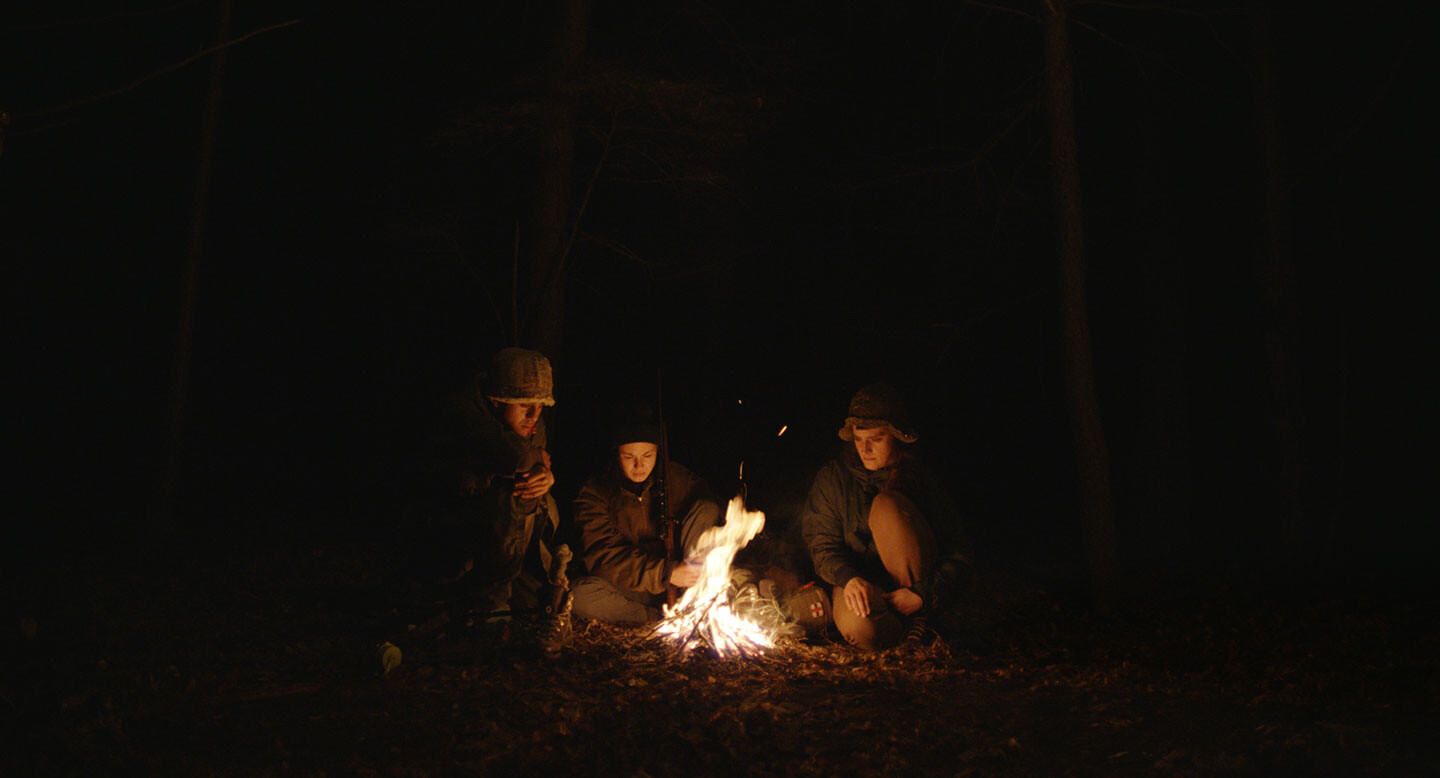
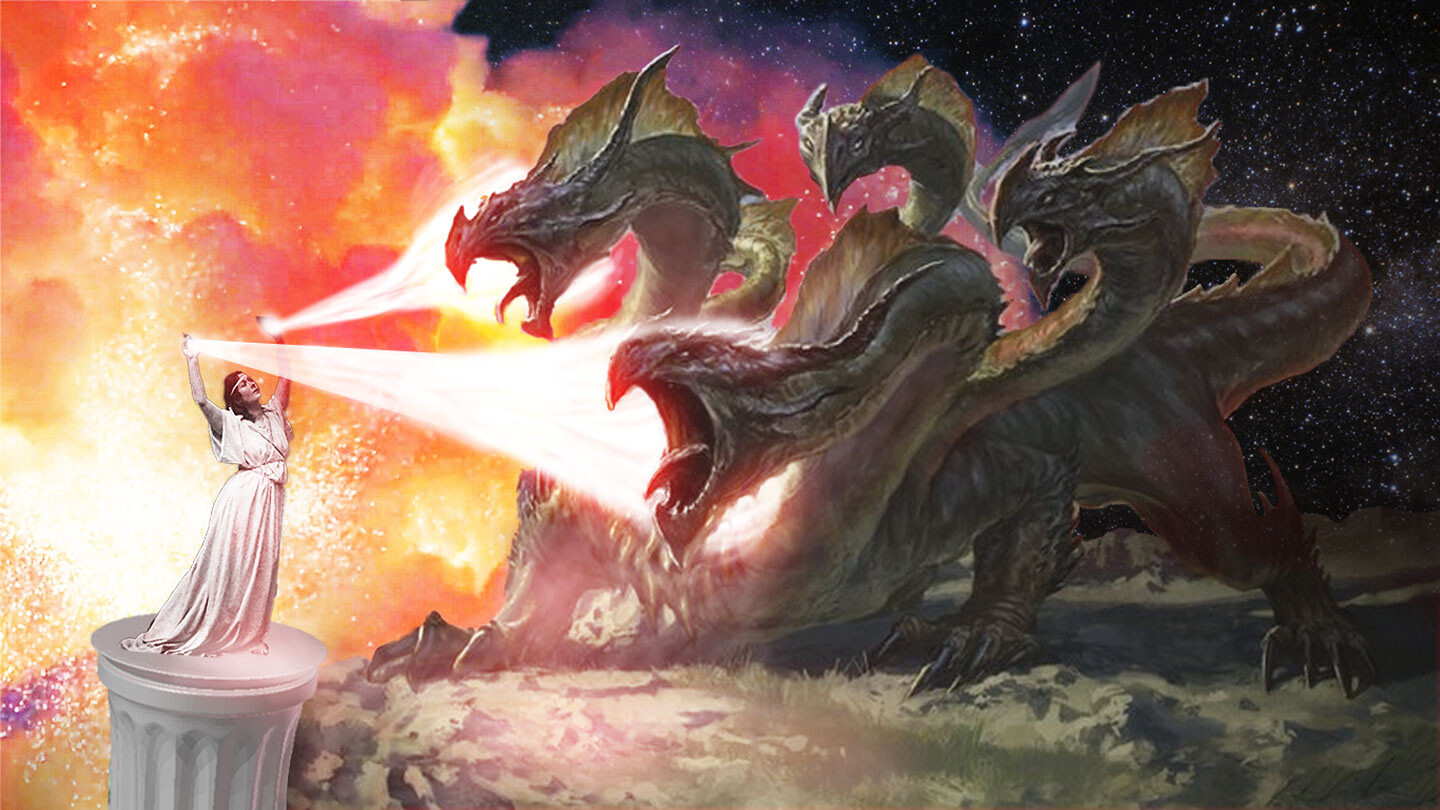
_Section_of_human_placentaWEB.jpg,1600)
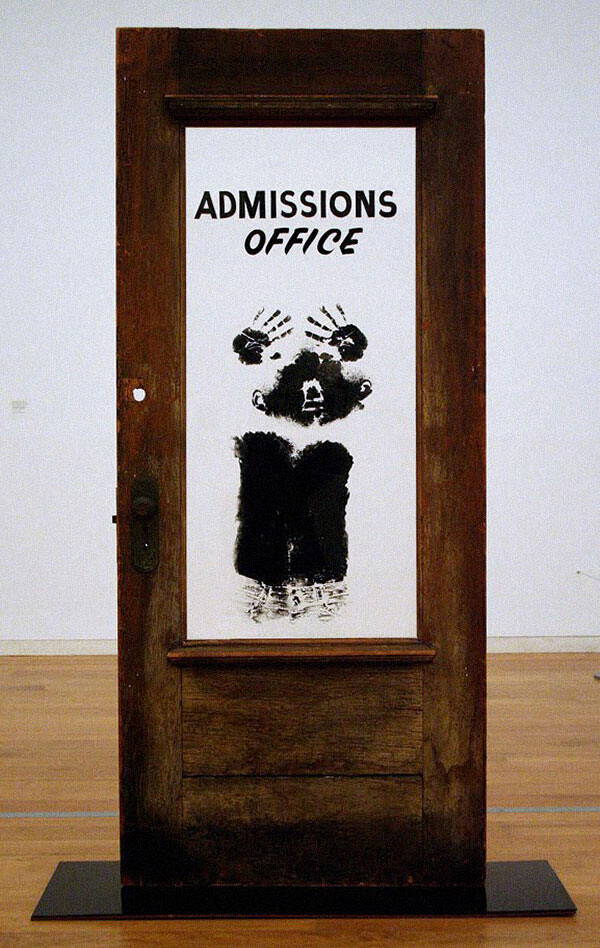
WEB.jpg,1600)